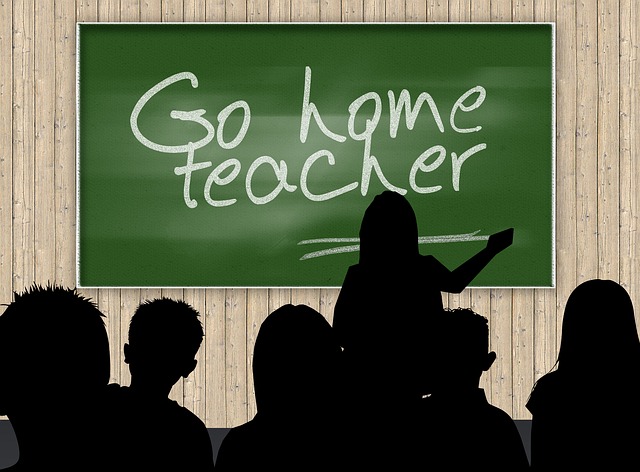Schools feeding prisons?
There are several types of schools serving the secondary school aged population. There are “traditional” high schools in which the Ministry of Education (MOE) places the “brightest” students. There are “non-traditional/upgraded” high schools, formerly referred to as “Secondary” schools. There are “Technical” schools which prepare students to enter occupations in technical fields. And, there are a number of “vocational schools”. The MOE distributes the “other” students among these schools.
The “non-traditional/upgraded” high schools have been in the news recently, not for their accomplishments, which are many but for less flattering reasons. Before, we look at the cause of their perceived notoriety, let us just take a look at the structure of a “typical” “non-traditional/upgraded” high school in relation to how the school allocates students to classes. The school places students in classes based on test scores, often the scores from the Grade Six Achievement Test (GSAT). For example, the school streams students according to ability from stream one to stream eight. There is the extreme from the highly literate students in the first stream to the illiterate students in the last stream. This streaming at grade seven may be reflected up to grade eleven.
While the students in the streams one to six, for the most part, have the potential to achieve much from their schooling, those students in streams seven are usually barely functionally literate while those in stream eight are illiterate or borderline illiterate. Most of these students go through classes in a glassy-eyed daze. Because most of them lack the foundational skills for learning to take place, they cannot appreciate the content of the lessons which teachers are trying to pass on to them. To relieve their boredom, many of them engage in activities which antagonize their peers like throwing missiles across the classroom at them. Some of them ignore the teacher by participating in their own conversation about whatever is of interest to them. Some of them start fights in class and outside of classes. Some of them have in their possessions contraband which should not be on the school’s compound. Many of them are just plain disruptive.
But why wouldn’t they be disruptive? Many of these students come into the school unable to read or write. And, in spite of the best efforts by teachers they have not improved their skills in the areas of reading and writing. Moreover, many of these students are from communities which glorify violence and the perpetrators of violence. And, in these communities, the leading philosophy seems to be material success by any means necessary. In a number of cases, many of these students replicate the relations in their communities into the setting of the school. So, what kind of future are these students looking toward?
These students have come into the school community in a disadvantaged position. Many of these types of schools do not possess the expertise to help students to overcome the challenges of underdeveloped academic ability, of violent communities and of peer pressure. Therefore, many of these students will eventually choose unorthodox ways to make a living which will have negative consequences for them and society in the end. While these types of schools are not creating criminals, they seem to be holding areas for many of the future criminals. This will be so until these schools introduce interventions to address the educational needs of many students who attend all types of schools and are now just passing through the education system without being touched by the good intentions of the schools.
Recently, the findings of a police commissioned study were published. One of the major findings of this study, it would seem, is that there is a correlation between type of school which students attend and the likelihood of going to prison. That is, “most” of the persons in prison seem to have attended “non-traditional/upgraded” high schools.
As a result of these findings, the MOE has decided to institute interventions in a number of schools whose graduates pre-dominantly people the prisons. This action on the part of the Ministry/Minister has been met with shock, anger, criticism by the leaders of schools and other stakeholders in the education system. In publishing the names of schools from which prisoners have graduated the Ministry is casting a shadow on the schools and is suggesting that these schools are creating criminals, some say. How dare the Minister do this? Others ask, instead of introducing interventions to the schools, why doesn’t the government introduce them to the communities? Most of the problems with these students have their roots in the communities, they say. And stakeholders from the universities have chirped in declaring the study to be flawed in its methodology which means that its findings are not reliable. The furore continues.
While we may challenge the findings of this study on several grounds, we cannot deny that there are serious social problems which we need to address if the society is going to be one of choice for raising families, vacationing and investment. Correlation is not causation, on this we agree. The causes of persons going to prison are many and deeply embedded in the structure of the society. School type may only be a confounding variable, or not. However, starting interventions in the schools is not a bad idea. But, the government also has to come up with strategies to improve the lot of everyone in every community if it wants to reduce anti-social behaviour in the society.



Comments
Post a Comment